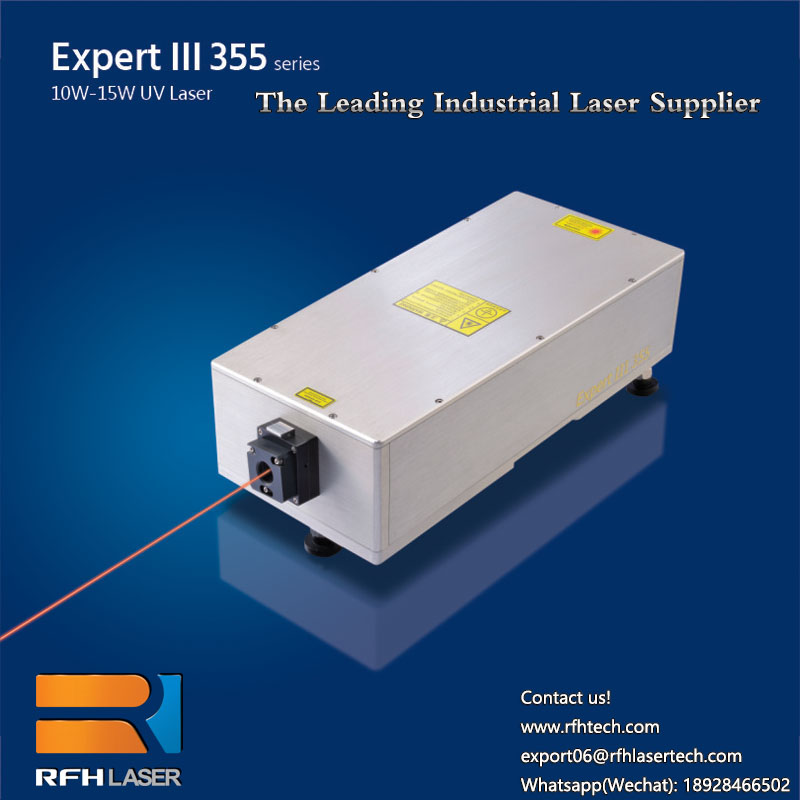Laser marking of steel, stainless, titanium, aluminum and more
Apr 15 , 2021Many metal materials require permanent, durable and legible marks to improve traceability, quality control and personalization. Laser metal marking meets this manufacturing demand by offering many advantages over traditional marking techniques.
Our laser solutions use a variety of laser wavelengths to leave permanent marks on almost any type of metal, including aluminum, brass, carbide, chrome, cobalt, copper, gold, nickel, platinum, silver, stainless steel, tin, titanium, zinc—and more.
The advantages of laser metal marking include:
Durability. Marks can withstand industrial environments while remaining legible and defined.
Non-contact. Laser marking eliminates the need for replacement machining tools.
No additives or coatings. Laser marking doesn’t require any inks or extra chemicals.
Precision. Thanks to their localized energy, lasers achieve excellent thermal control, tight dimensional tolerances and repeatable marks.
Easy automation. Easily integrate laser metal marking into your automated system. We also offer On-the-Fly marking technology with closed loop feedback.
Flexible etching depth. From strict surface marking to full engravings, our laser marking systems meet your needs.
METHODS OF LASER METAL MARKING
Each of our four laser marking methods provides its own unique type of mark. Our engineers will select the one that best fits your application needs:
Ablation. The laser’s focused energy vaporizes the metal and removes it from the surface of the part—creating an etched or engraved mark that has significant depth below the surface. Ablation creates marks that can withstand harsh industrial environments and remain legible even under wear and tear. Ablation also creates micro-machined patterns that have precise depths and positional tolerances.
Oxidation. This method causes a molecular change in the surface of the metal—creating a surface mark with zero depth and no raised or lowered areas. Rather, the oxidized layer appears as a color change on the surface of the part. For titanium and stainless steel parts, you can tune specific laser settings to produce a range of different colors. Oxidation doesn’t produce any debris—making it ideal for the medical device and appliance industries.
Melting. The laser’s controlled thermal energy melts the surface of a metal part—changing its appearance and creating a legible mark. This method changes the surface texture and allows light to reflect differently in the areas where the laser has been scanned.
Layer removal. Lasers remove an added layer, such as paint or anodization, from a metal surface—revealing the unaffected metal below.
